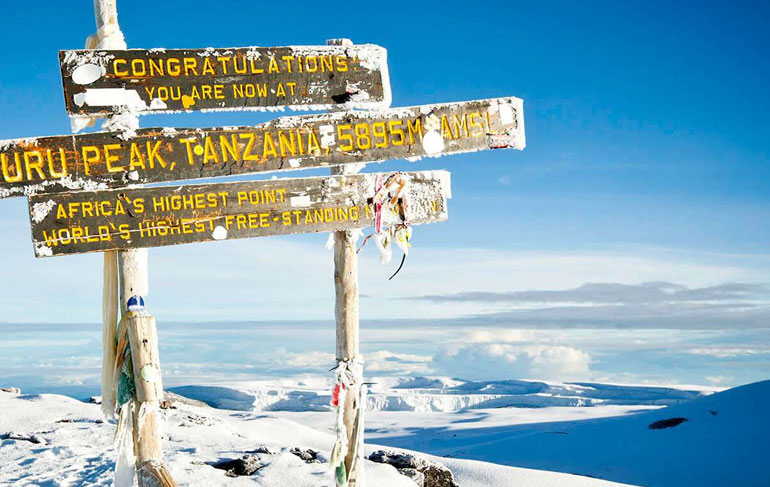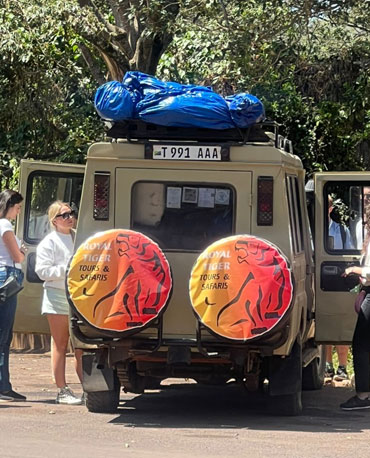


Should I Do A Scheduled Group Trek Or A Private Trek ?
We run our own scheduled group trek departure dates throughout the ‘high’ season, and also “tailor-made” private treks where you can choose your specific dates. We offer two scheduled group departure options, including a Shira Route 8 days/7 night trek + 1 night accommodation in Arusha before the trek, or a Machame Route 6 days/5 nights trek + 1 night accommodation in Arusha before the trek.
How Long Does It Take To Climb Kilimanjaro ?
You’ll likely only climb Kilimanjaro once, so you may as well do it ‘right’. The best way to do this is choosing a trek which allows enough acclimatization time to reach the summit safely. The single most important factor on whether you reach the summit or not depends on the number of days you take. The park minimum is 5-days – that’s 3.5 days to the summit. Only about 50% of those on 5-day climbs reach the summit. Of the roughly 1,000 climbers we take up the mountain each year, we average eight days. Our ten day trek options include the experience of camping next to the glacier at Crater Camp. The results are dramatic when comparing the summit success rates vs. the number of days on the mountain.
Should I Attempt The Summit During The Night ?
The ‘normal’ way to climb Kilimanjaro is to have the last camp at about 15,000’ (4,600m) and do an overnight ascent to the summit, leaving camp at about midnight, and making for a 12-17 hour trekking day. The option is to trek up to the summit during daylight hours and camp in the crater. The overnight at crater camp does make for a challenging sleep, but trekkers can experience much more of the summit, glaciers, and central (Reusch) crater, which overnight climbs do not experience. The Crater camp is at 5,800m (19,000′), so taking enough time is essential to be able to camp here. Treks must be 9 or 10 days in order to include a night in Crater Camp.
What’s The Best Time of Year to Climb Kilimanjaro ?
The best times of year to climb Kilimanjaro for the weather (avoiding rain) are January to early March and July to mid-October. There’s a long, dry winter and a green season with two rainy periods at each end. December, January, February and March are the warmest months, with clear mornings and evenings, and clouds building during the day that occlude the summit in the early afternoon hours. The predictable patterns of weather make it a good time to climb.
What Are The Tipping Customs On Kilimanjaro ?
It is customary to tip your mountain porters, cook, waiter and guides. Some may choose to tip more or less, but a tip should always be at the discretion of the customer and should take into consideration the quality and type of service rendered. Our staff will never ask for a tip.
How Is My Gear Carried Up The Mountain ?
Your personal gear is packed before the climb into large weather-resistant duffel-style bags which we provide, and carried by our team of porters from camp to camp.
The weight allowance for this gear is determined by which climb option you choose, but can range from 8 to 16kg per climber. Personal porters to carry your extra gear are also available at a supplement, and you can even opt for a personal porter to carry your daypack(s) and accompany you all the way to the summit, so you can hike to the Roof of Africa without any added weight on your frame.

There are many latest variations of passages don’t do available but the majority have suffered alteration in some form, by injected humou or randomised.
Trusted by
Plan your trip with us